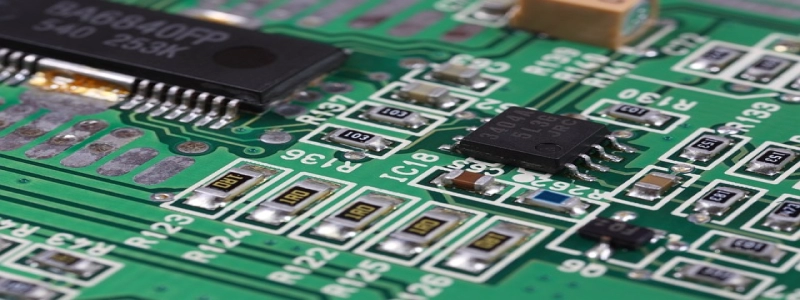Attenuation Ratio
Introduction
The attenuation ratio is a term used in various fields, including telecommunications, signal processing, and electrical engineering. It is a measure of how much a signal is reduced in strength or amplitude as it passes through a medium or a device. In this article, we will explore the concept of attenuation ratio in detail and discuss its significance in different applications.
What is Attenuation Ratio?
Attenuation ratio, also known as the attenuation factor or decay factor, is a dimensionless quantity that represents the amount of signal loss or reduction in amplitude. It is typically expressed in decibels (dB) and is calculated using the formula:
A = 10 * log10(P1/P0)
Where A is the attenuation ratio, P0 is the initial power or amplitude of the signal, and P1 is the final power or amplitude of the signal after attenuation.
Understanding Attenuation
Attenuation occurs when a signal passes through a medium or a device that absorbs or scatters a portion of its energy. It is commonly observed in telecommunications systems, optical fibers, electrical transmission lines, and audio systems. The attenuation ratio provides valuable information about the signal’s strength before and after attenuation, allowing engineers to determine the quality and integrity of the transmitted signal.
Applications of Attenuation Ratio
1. Telecommunications: The attenuation ratio is a crucial parameter in telecommunications systems, especially in the transmission of electromagnetic waves or signals. It helps determine the signal loss during transmission and enables engineers to design efficient communication networks with minimal signal degradation.
2. Signal Processing: In signal processing applications, such as audio or video processing, the attenuation ratio is used to control the volume or gain of a signal. By adjusting the attenuation ratio, engineers can amplify or reduce the strength of a signal to achieve the desired output.
3. Electrical Engineering: Attenuation ratio is relevant in electrical engineering, particularly in power transmission and distribution. It helps analyze power losses in transmission lines, where the attenuation of the transmitted electrical energy can be significant. By evaluating the attenuation ratio, engineers can optimize the design and efficiency of power transmission systems.
4. Fiber Optics: In fiber optic communication systems, the attenuation ratio is a critical factor determining the quality and range of signal transmission. It measures the loss of optical power as light propagates through the optical fiber. By minimizing the attenuation ratio, engineers can enhance the performance and reliability of fiber optic networks.
Conclusion
The attenuation ratio plays a vital role in various fields, including telecommunications, signal processing, and electrical engineering. It quantifies the reduction in signal strength and provides valuable insights into signal degradation during transmission. By understanding and utilizing the attenuation ratio, engineers can optimize the design, efficiency, and overall performance of communication systems, power transmission networks, and fiber optic systems.







